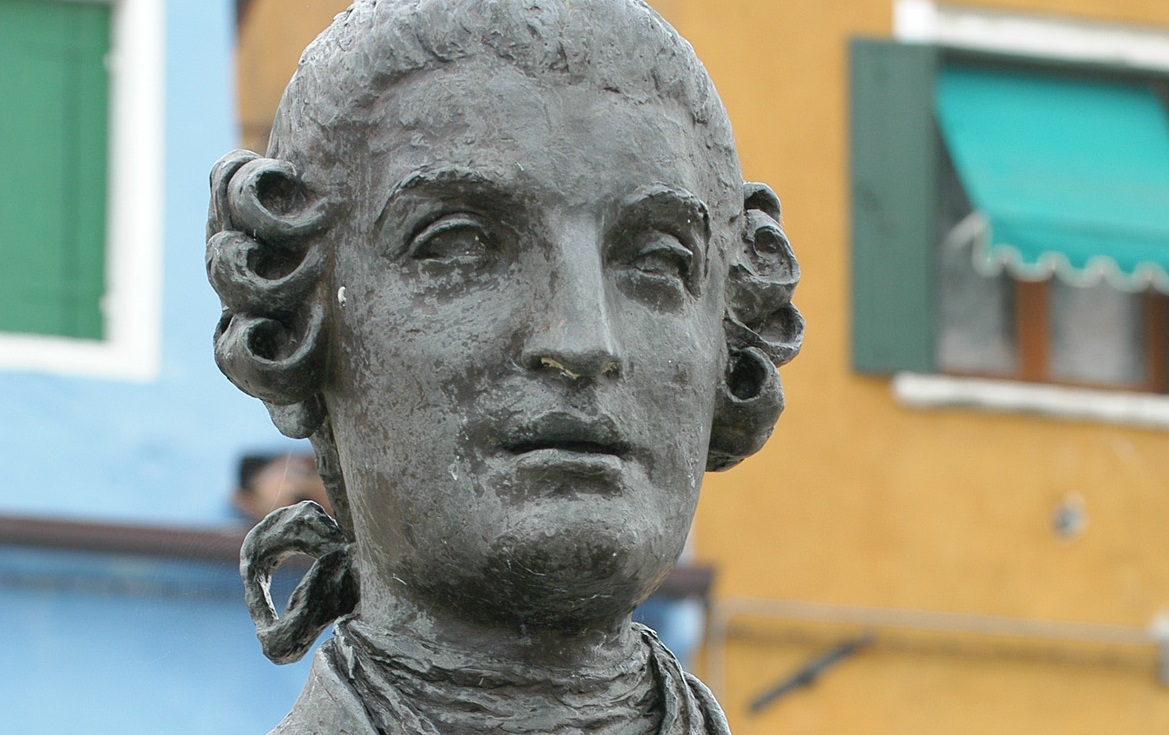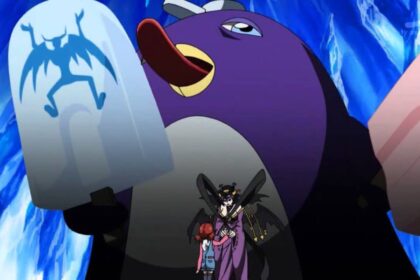Baldassare Galuppi was a Venetian composer, born on the island of Burano in the Venetian Republic. He belonged to a generation of composers, including Christoph Willibald Gluck, Domenico Scarlatti, and C.P.E. Bach, whose works are emblematic of the prevailing galant style that developed in Europe throughout the 18th century. Take a look below for 30 fun and interesting facts about Baldassare Galuppi.
1. Galuppi was born on the island of Burano in the Venetian Lagoon, and from as early as age 22 was known as “Il Buranello,” a nickname which even appears in the signature on his music manuscripts.
2. His father was a barber, who also played the violin in theater orchestras, and is believed to have been his son’s first music teacher.
3. Although there is no documentation, oral tradition as related to Francesco Caffi in the nineteenth century says that the young Galuppi was trained in composition and harpsichord by Antonio Lotti, the chief organist at St Mark’s Basilica.
4. At the age of 15 Galuppi composed his first opera, Gli amici rivali, which, according to Caffi, was performed unsuccessfully at Chioggia and equally unsuccessfully in Vicenza under the title La fede nell’incostanza.
5. From 1726 to 1728, Galuppi was harpsichordist at the Teatro della Pergola in Florence.
6. On his return to Venice in 1728, he produced a second opera, Gl’odi delusi dal sangue, written in collaboration with another Lotti pupil, Giovanni Battista Pescetti; it was well received when it was presented at the Teatro San Angelo.
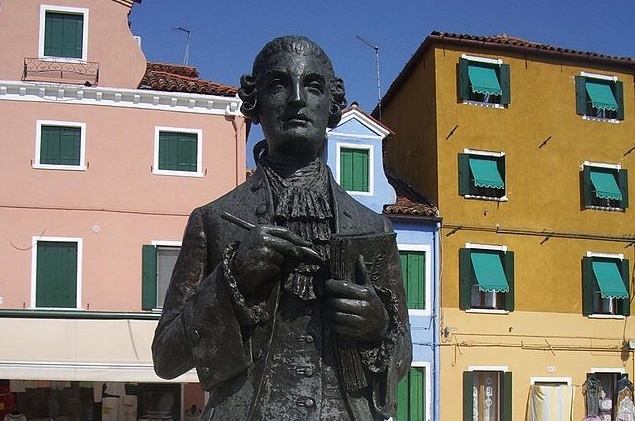
7. The collaborators followed it with an opera seria, Dorinda, the next year. This, too, was modestly successful, and Galuppi began to receive commissions for operas and oratorios.
8. In 1740, Galuppi was appointed director of music at the Ospedale dei Mendicanti in Venice, where his duties ranged from teaching and conducting to composing liturgical music and oratorios.
9. In his first year of service at the Mendicanti, he composed 31 works: 16 motets, 13 settings of the Salve Regina, and two psalm settings.
10. Although he became internationally known as an operatic composer, he maintained a steady output of sacred music throughout his career.
11. In 1741, Galuppi was invited to work in London.
12. He petitioned the Mendicanti authorities for leave of absence, to which they agreed.
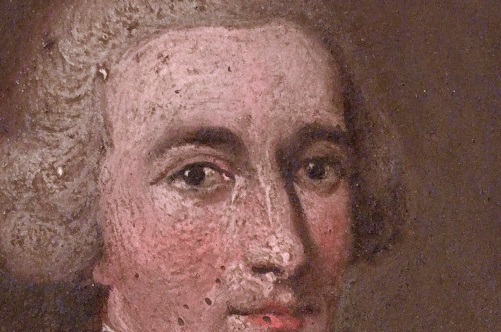
13. He was in England for 18 months, supervising productions for the Italian opera company at the King’s Theatre.
14. Of the 11 operas under his direction, at least three are known to have been his own compositions, Penelope, Scipione in Cartagine and Sirbace; a fourth was presented shortly after he left London to return to Venice.
15. His contemporary, the English musicologist Charles Burney, wrote that “Galuppi had had more influence on English music than any other Italian composer”.
16. On his return to Venice in May 1743, Galuppi returned to his employment with the Mendicanti, and to composing for the opera houses.
17. Most biographers have overlooked the journey that Galuppi made to Vienna in 1748/49, where he was called to the court of Maria Theresa in order to celebrate the birthday of the empress at the Burgtheater on 14 May 1748.
18. Early in 1764, Catherine the Great of Russia made it known through diplomatic channels that she wished Galuppi to come to Saint Petersburg as her court composer and conductor.
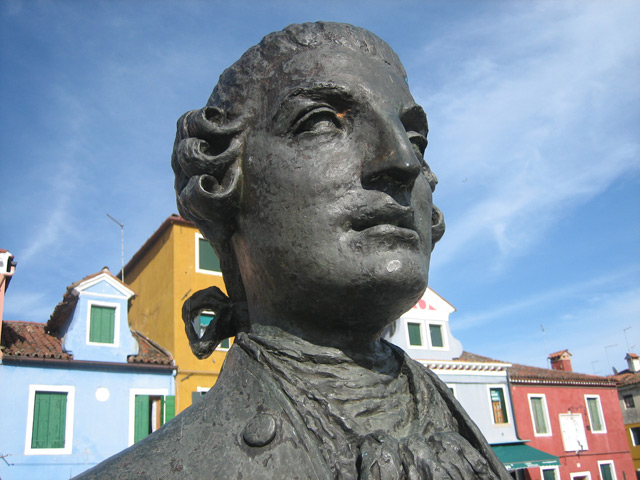
19. There were prolonged negotiations between Russia and the Venetian authorities before the Senate of Venice agreed to release Galuppi for a three-year engagement at the Russian court.
20. According to The Musical Times Galuppi, with 109 operas, was the sixth most prolific opera composer.
21. He was called “the father of comic opera” by musicians of the generation that followed him.
22. As well as his general contribution to the essentials of comic opera, establishing the music as at least as important as the words, Galuppi’s (and Goldoni’s) more specific legacy to comic opera was the large-scale buffo finale to end the acts.
23. Galuppi was much admired for his keyboard music. Few of his sonatas were published in his lifetime, but many survive in manuscript.
24. Galuppi’s skill as keyboard player is well documented. Hillers Wöchentliche Nachrichten in 1772 made this mention of Galuppi’s reputation in Saint Petersburg: “Chamber concerts were held every Wednesday in the antechamber of the imperial apartments, in order to enjoy the special style and fiery accuracy of the clavier playing of this great artist; thus did the virtuoso earn the overall approval of the court.”
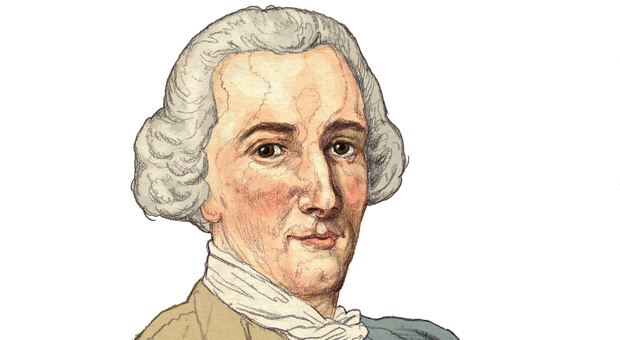
25. Among other instrumental compositions by Galuppi, Grove’s Dictionary lists sinfonias, overtures, trios and string quartets, and concerti for solo instruments and strings.
26. Robert Browning’s poem A Toccata of Galuppi’s refers to Galuppi and his work.
27. Browning’s poem was followed by a few revivals of Galuppi works, and the composer’s music was played at memorials for the poet, both in church and in the concert hall.
28. La diavolessa was revived for the first time at the Venice Music Festival in 1952.
29. Il filosofo di campagna was revived in 1959, starring Ilva Ligabue and Renato Capecchi, and was staged at the Buxton Festival in 1985.
30. From the late 20th century onwards an increasing number of Galuppi’s works have been committed to disc.

